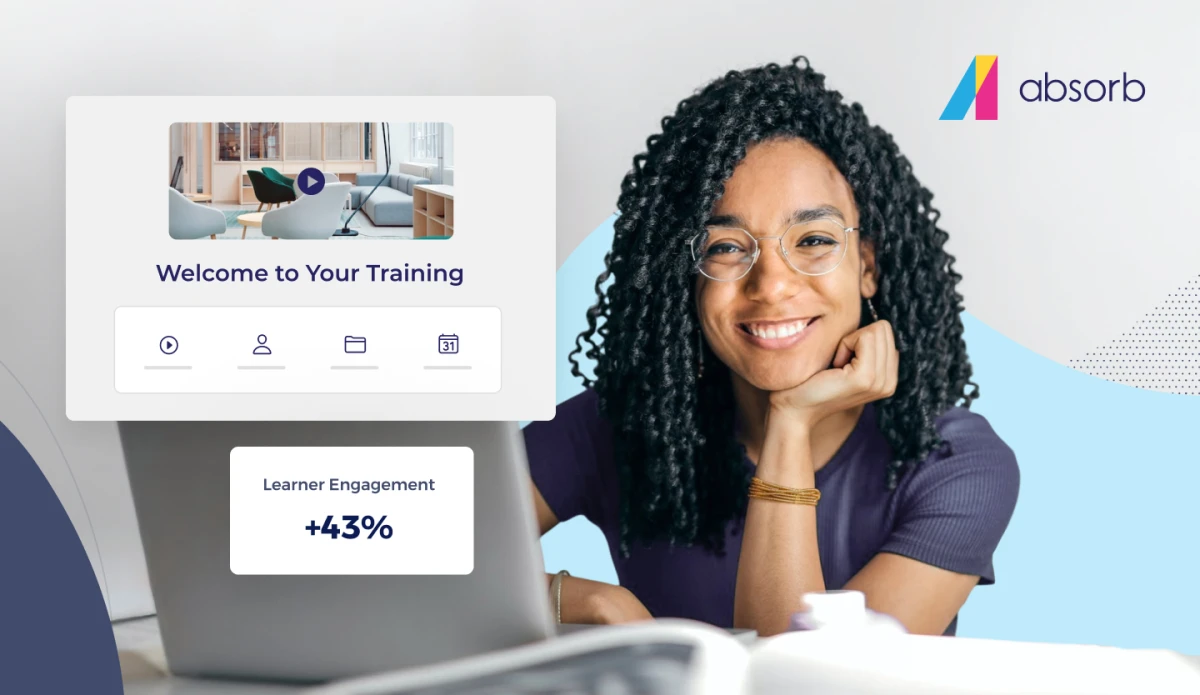Businesses most commonly check learning management system reports to track employees' progress through their training goals. But did you know that using LMS data can help make informed, objective decisions about talent management? Learning data is often an untapped strategic reserve of insight into employee strengths, behaviors and goals.
Making decisions with LMS data
One global quick service restaurant chain turned to talent data to create an improved employee experience and resolve high employee turnover, according to McKinsey. Analyzing data revealed trends that "challenged conventional wisdom." Data-driven decision-making (DDDM) led to remarkable results for the restaurant, including a 100% increase in customer satisfaction scores and significantly better retention. Their results aren't unique. The majority of global executives have already seen returns on investment in big data and analytics, according to a recent study by NewVantage Partners. Unlocking strategic value from your learning data requires a structured approach, such as the four-part model for DDDM:
- Formulate key questions
- Collect and analyze data
- Organize findings and communicate results
- Refine processes, organizations or systems
An LMS with rich insight can help you collect, analyze and communicate knowledge about your workforce for better talent management. You can look deeper than training completion with an LMS that offers features for ad hoc reporting and complex data visualization. A fully Experience Application Programming Interface (xAPI)-compliant LMS reveals granular insight into learner behaviors for deeper insights. Here are some ways you can start using LMS for better DDDM throughout the talent life cycle.
New hire assessments
According to the Society for Human Resource Management (SHRM), new hire assessments should monitor a broad mix of knowledge, skills, abilities and other characteristics (KSAOs). KSAO scoring results can reveal employee strengths and aptitudes. The results can then inform models for engagement, attrition and internal mobility. Use new hire assessment data to create individualized learning pathways that address skill gaps. KSAO insights can also create proactive plans for engagement by helping leaders personalize employee strategies for retention, engagement and reward.
Talent management
An LMS can capture evolving insight into employee behavior, strengths, opportunities and career goals. Learning data that incorporates behaviors and interests can create a data-driven view of a candidate's career path based on traits correlated to success in various roles or areas in which candidates are driven to improve their skill sets. When talent data is viewed in aggregate, it can inform smarter workforce succession and hiring practices by revealing strengths and gaps in the workforce.
Internal mobility
Your LMS can act as an internal database of talent before you hire externally by revealing which existing members of the workforce can succeed in open positions based on skills, personality and career goals. The LMS can also help leaders respond to identified workforce succession gaps by proactively offering training and development activities to employees. Improve internal mobility by offering strong motivation to upskill, robust career path plans or skills and aptitude assessment opportunities to your employees.
Leading with LMS data benefits everyone
An LMS can act as an ecosystem for DDDM in talent management. Using LMS data can create an agile workforce in which employees are assigned to roles where they're primed for success. When you adopt DDDM based on learning data, employees and leadership can improve individual success, boost internal talent and perform smarter workforce succession planning.





